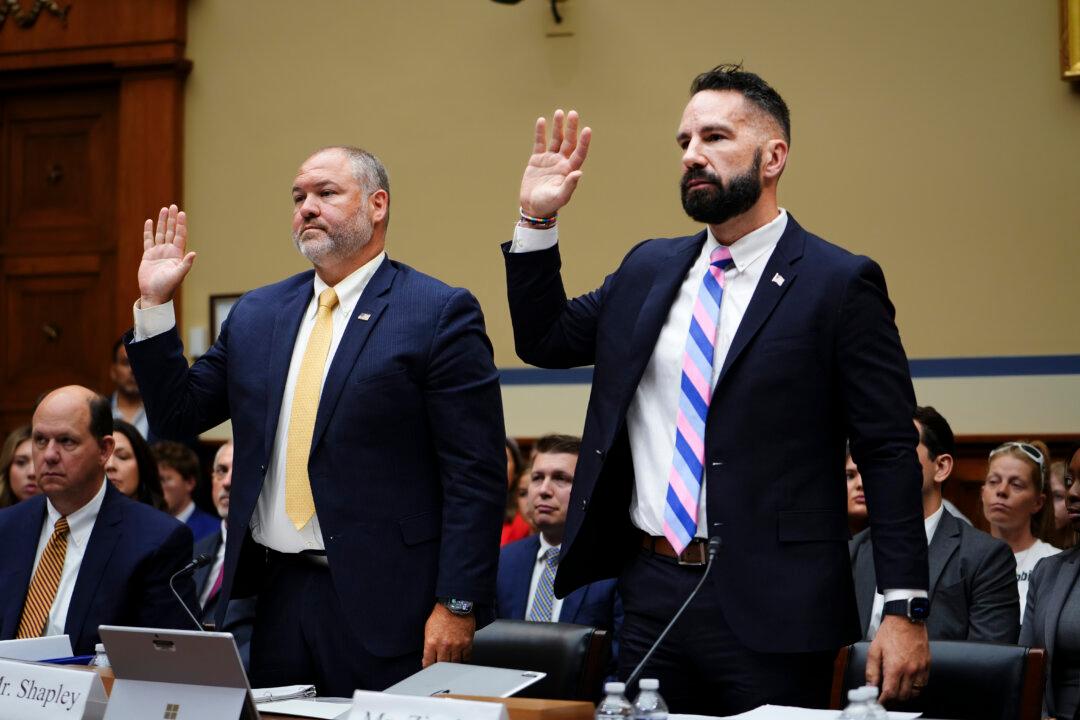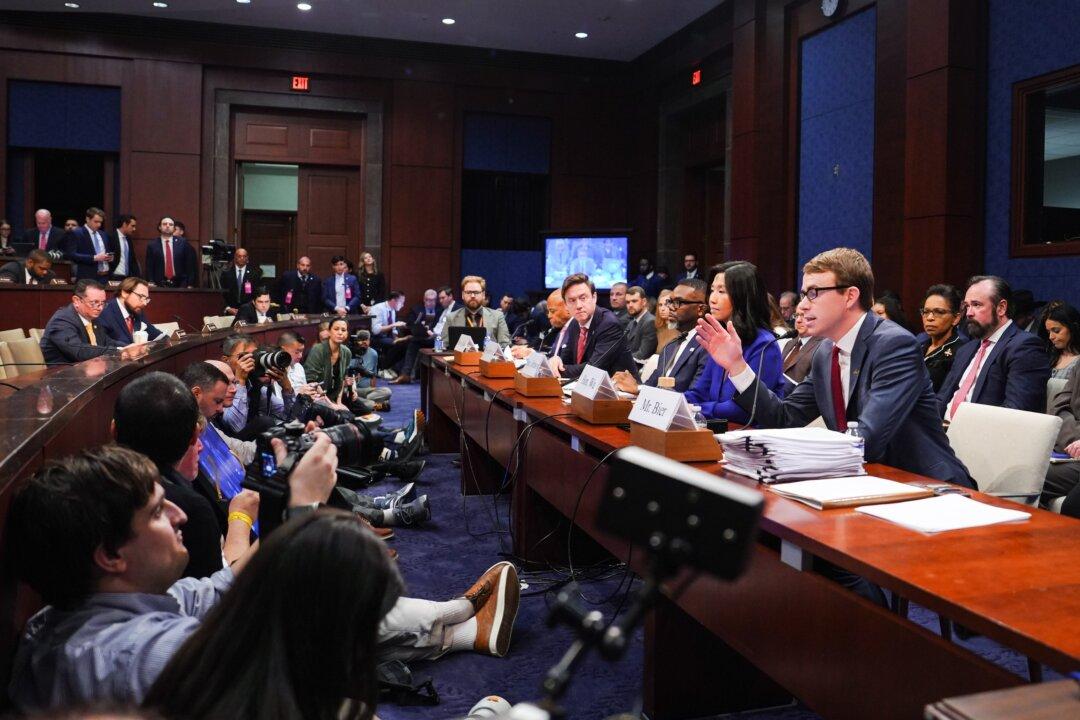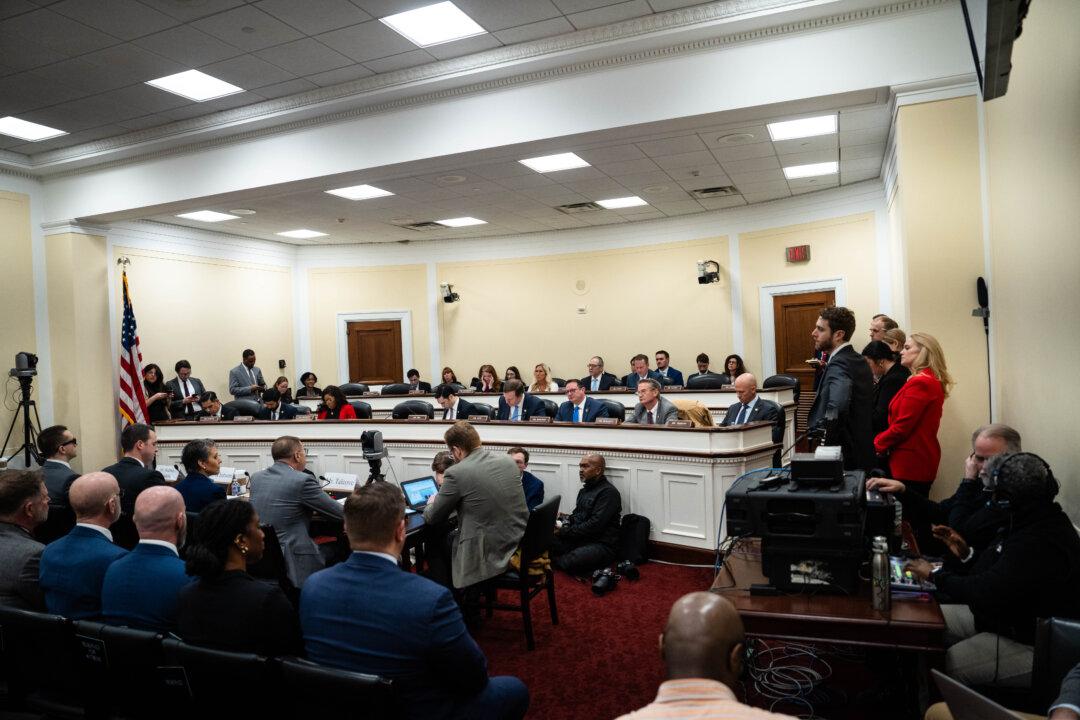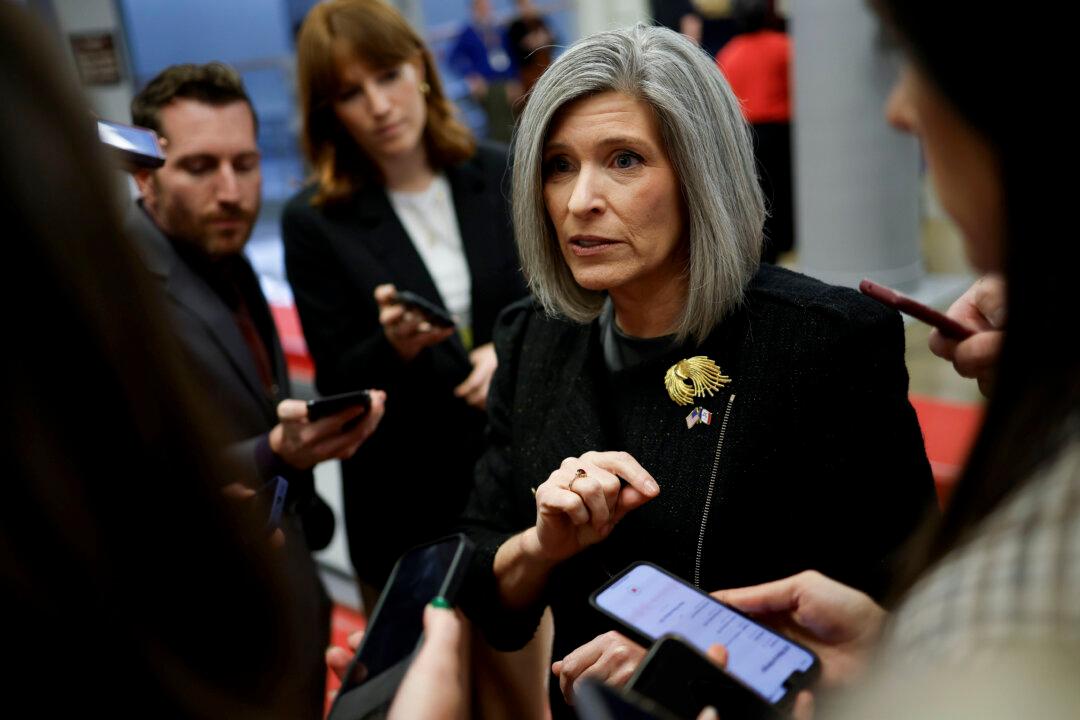Federal officials made more than $247 billion in improper payments in 2022, with more than half of the total—$132.4 billion—coming from five major Medicare/Medicaid programs in the U.S. Department of Health and Human Services (HHS), according to a June analysis by nonprofit government watchdog Open the Books (OTB).
The $247 billion for 2022 was the second-highest annual improper payment total since 2004, when such expenditures were first documented. The two-year total of $528 billion spanning President Joe Biden’s tenure is the highest ever.





